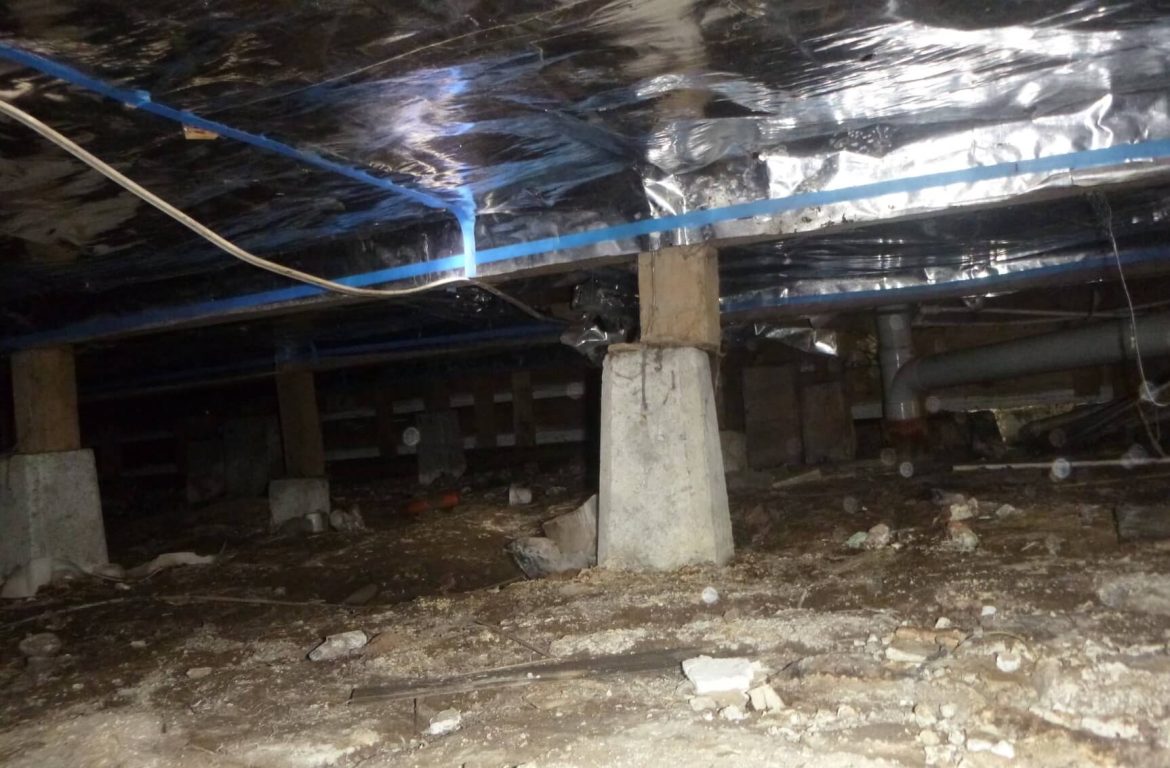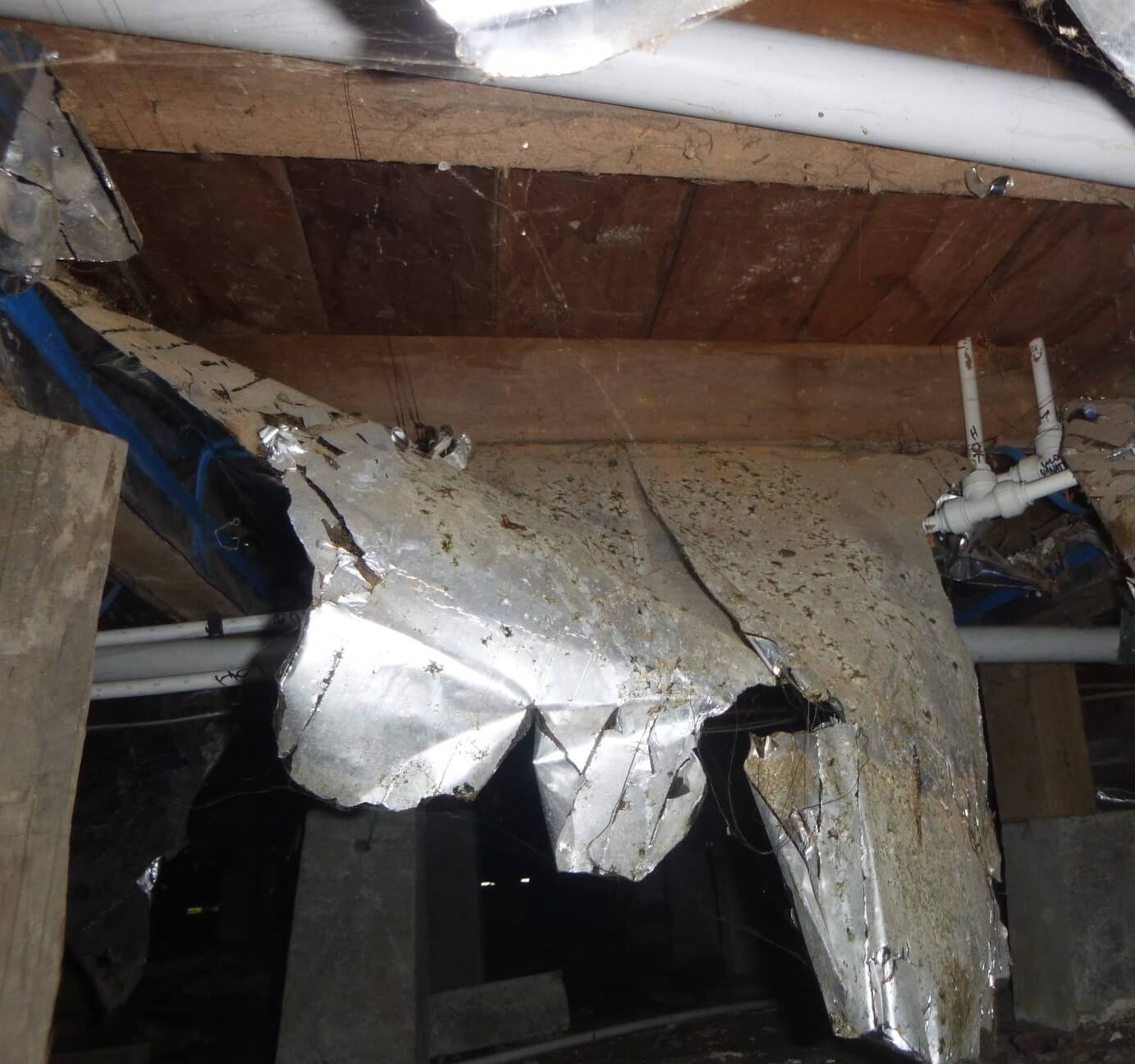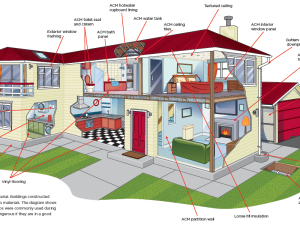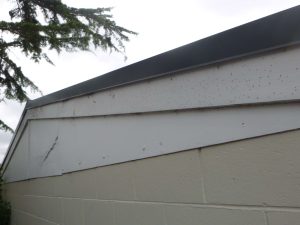
It is important to be aware of the change in the building code due to safety concerns regarding foil insulation in residential buildings. This is a confusing issue so these facts should be helpful.
What is foil insulation?
Aluminium foil insulation was for many years the most common material used for underfloor insulation in New Zealand, it consists of a thin layer of heat-reflecting metallic foil, producing a radiant barrier.
Insulation in residential buildings
Alternatives to aluminium insulation include wool, polystyrene, glass fibre, mineral wool, paper-based insulation and polyester.
This bulk insulation traps air in still layers and comes in a variety of materials (glass fibre, polyester, polystyrene, wool, paper) and formats (blankets, segments, rigid sheets or loose-fill). This insulation method is commonly used in ceiling insulation, and wall insulation.
Aluminium insulation is commonly found in flexible sheet or blanket form and may be attached to other flexible insulating materials such as wool or fibreglass.
Why is foil insulation banned in New Zealand?
In July 2016 the NZ Government banned foil insulation in homes with an existing power supply connection due to electrical safety risks.
To date, there have been five reported deaths in New Zealand caused by electrocution associated with aluminium insulation in a residential building, as well as one reported non-fatal electric shock.
Does foil insulation need to be removed?
If there is not a problem with your insulation that’s fine.
Poor condition insulation product will need to be removed and replaced. In rental properties where existing foil insulation is damaged, degraded, missing or incomplete, new non-electrically conductive underfloor insulation must be installed. It must have an R-value of at least R 1.3.
All insulation retrofitted for compliance with the RTA from 1 July 2016 must also comply with NZS 4246:2006.

Retrofitting foil insulation
Retrofitting new or repairing existing foil insulation has been banned under Section 26 of the NZ Building Act 2004 due to its serious electrocution hazard, and bulk insulation is recommended.
Can foil insulation still be used?
It can only be used on residential new builds, commercial and industrial buildings and existing buildings with no existing electrical installation for example sheds.
Repairing foil insulation
The Ministry of Business Innovation and Employment has banned the repair of foil insulation under the Building Act. Anyone breaching this ban is liable for a $200.000 fine.
Why is repairing foil insulation so dangerous?
Aluminium conducts electricity and it is easy in dark and cramped conditions like a ceiling space to accidentally have it come in contact with live electrical wiring.
The last thing you need is for your entire underfloor area to become live. The ban ensures any future electrocution hazard is minimised.
Are landlords responsible for foil insulation in residential buildings?
The answer is yes. If the house’s underfloor insulation is foil insulation, this is okay, as long as the top surface is still shiny and there are no rips, gaps or damage. If the foil is damaged, it needs to be replaced with alternate insulation.
If you’re unsure about the thickness or state of the home’s insulation, it’s a good idea to have it inspected by a professional.
How do I ensure my house is safe from foil insulation risks?
It is wise if you are concerned about this issue to consult a professional. They will check the installation method of your insulation and its safety with regard to live electrical cable and check those hard to find ceiling joists and other rigid building materials that may have insulation in dangerous proximity to electrical cables.
For your safety and peace of mind have an inspection.




